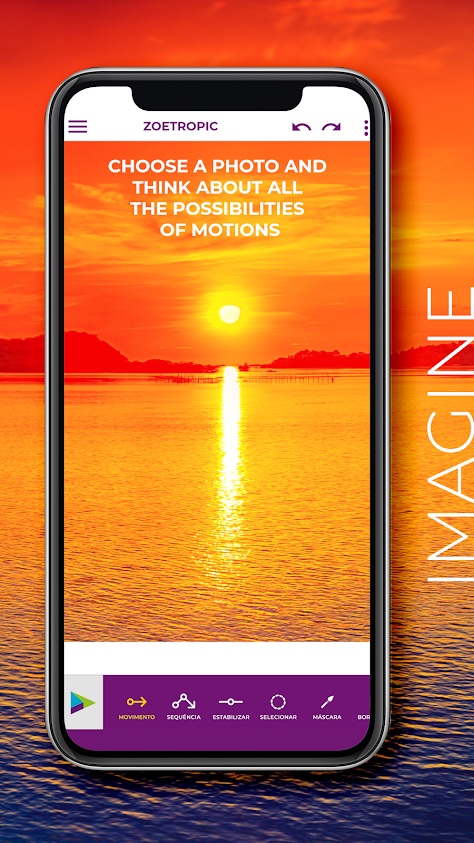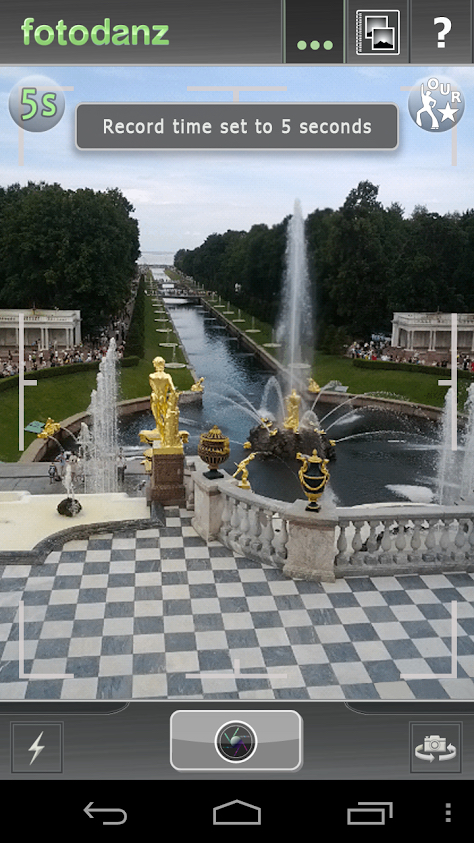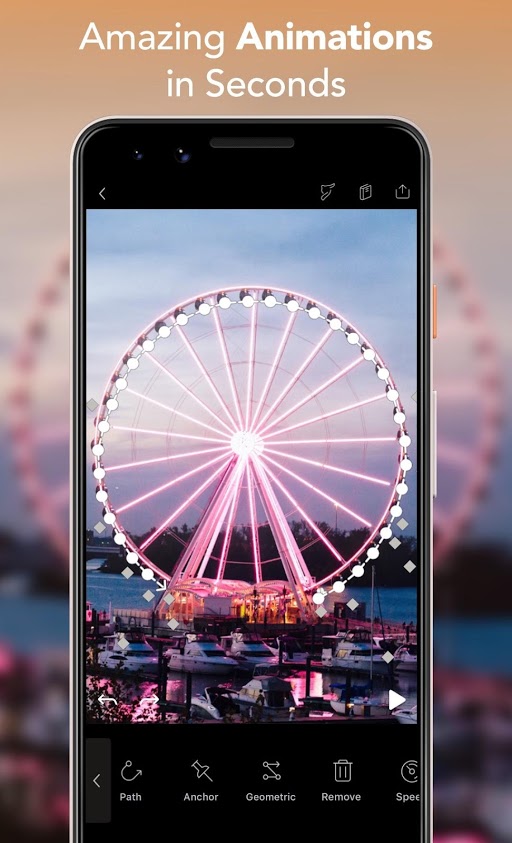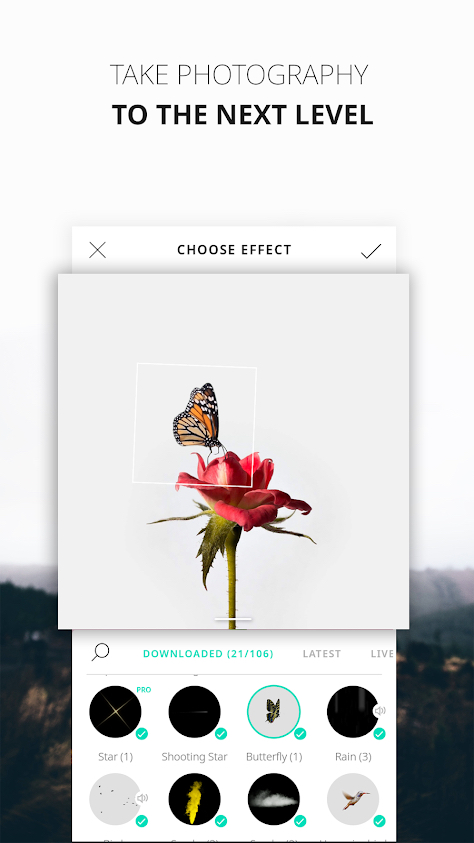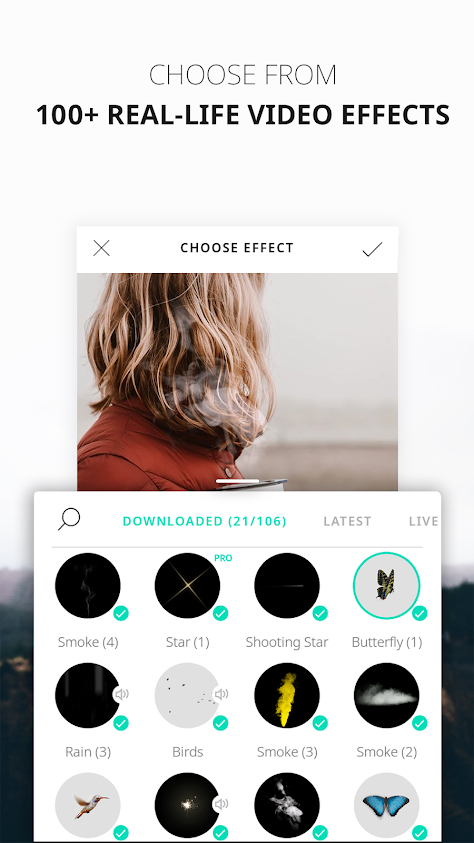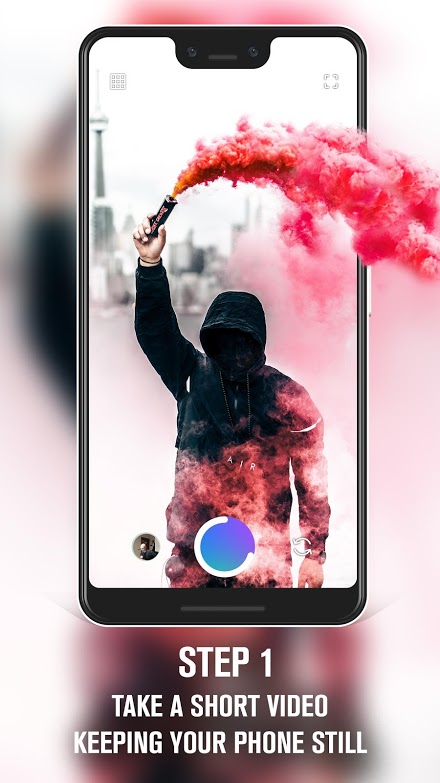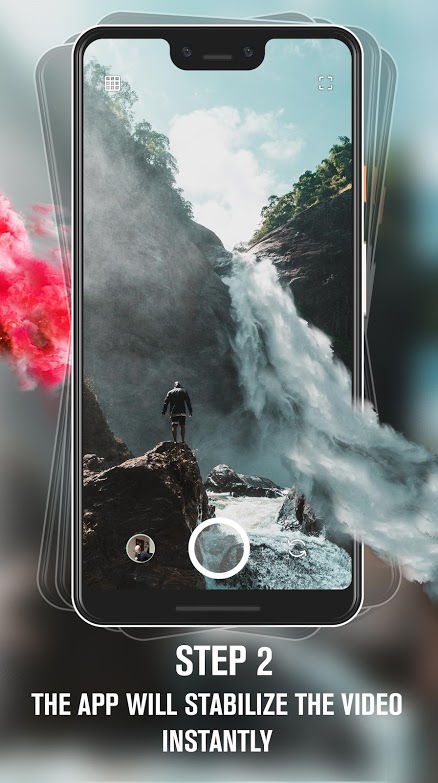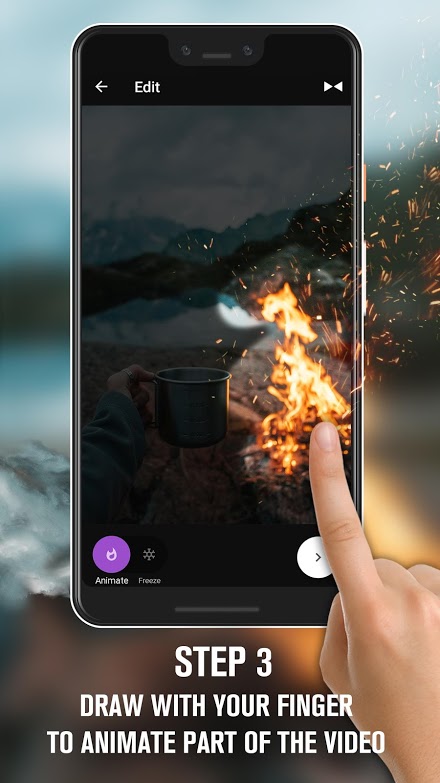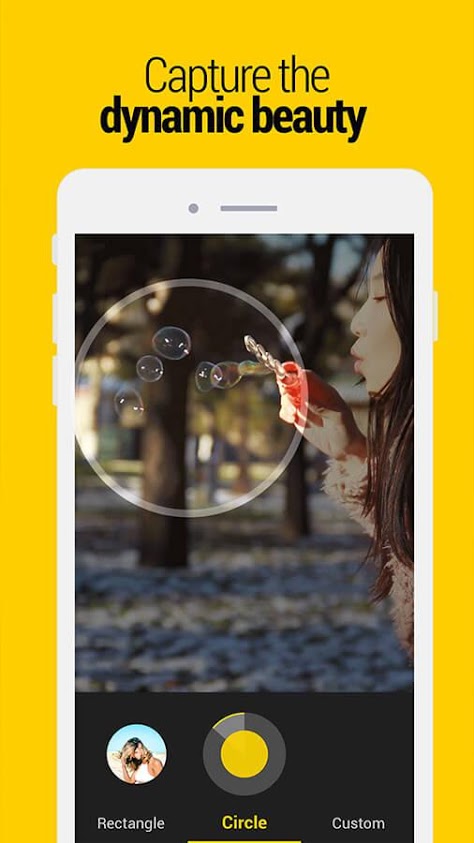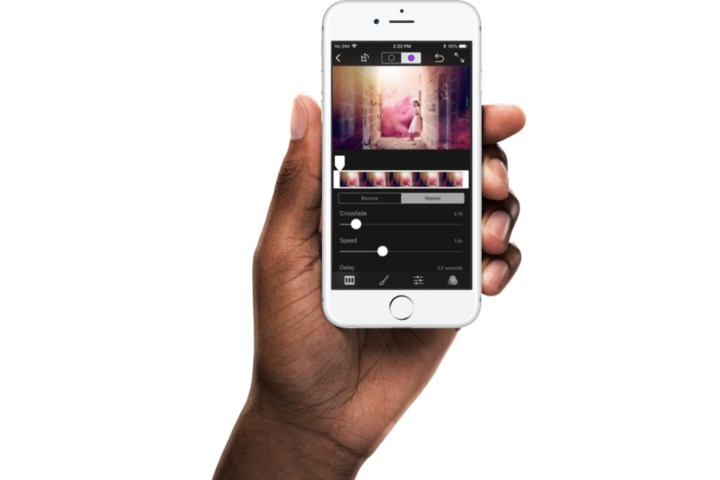
When a mere photo just isn’t enough, a video seems like too much, and nothing seems quite right, it’s time to contemplate creating a cinemagraph. This medium combines still photos and video in a particular way that isolates and animates certain parts of the scene while the rest of the tableau remains static. Cinemagraphs are popular on Facebook, Instagram, and other social media, and put a creative spin on your visuals. And you can create them right on your smartphone with the best cinemagraph apps.
A cinemagraph, a relatively new medium for photo art, is not exactly an animation, GIF, or Apple-style Live Photo, but they involve elements similar to all three. Cinemagraphs are a hybrid developed and popularized since 2011 when a couple of photographers shooting Fashion Week started experimenting with them. They are often referred to as Harry Potter pictures, because of the way the image within the frame comes to life, as it does in the movie.
While cinemagraphs are not for every photo, their judicious use on special photographic projects can transform a mundane scene into something unique and eye-catching. Some phones, such as the Moto G7, have a cinemagraph option built in to the camera app, but you can also download apps for both iOS and Android that make the cinemagraph creation process almost as easy as editing a photo or video. Here are a few we discovered. Some are completely free, others require subscriptions or a fee to remove watermarks.
Zoetropic
Zoetropic is very easy to use, taking just a couple of steps to dynamically liven up your image. A movement tool lets you designate each point where you want to apply the effect, while a stabilization tool lets you define a region. The mask tool protects the part of the image you want to remain static. The final version of your image is in video format. The basic version of the app is free, but there are some pro level features that will cost some coin.
Cinemagraph Pro

Cinemagraph Pro — with emphasis on the pro — is a powerful visual and artistic tool for iPhone and iPad. It lets you capture video in the app or import up to 4K video. The Magical Live Masking feature reveals motion as you paint over the still image and you can trim to create a precise loop. An overlay layer lets you add images and text on top of your cinemagraph. The app lets you adjust the speed or add a delay, add preset filters, and customize the color, light, and tone curve. You can edit your cinemagraph at a later time or duplicate, and share it. When you’re done, export the file in H.264, HEVC, Live Photo, or GIF format. While Cinemagraph Pro is free to download, subscriptions cost $8 per month and $100 per year.
Fotodanz
This is one of the easiest apps you can use to create cinemagraphs. Create images in three steps: Shoot a short video clip up to five seconds, circle the parts you want to animate, tap OK, and you’re done and ready to share your creation. You can further enhance your images with photo filters and use them as animated wallpaper on your phone. All fotodanzes are saved locally so you can share them any way you want.
Enlight Pixaloop
Pixaloop helps your image come to life with a few short, simple moves. This photo animation app lets you tap to animate and add animated effects. Add movement, choose speed, and control the action. Automatic mapping tools make it easy to select areas of a picture or fine-tune the results. Arrows show the direction of motion while anchor points hold the image together. You can also freeze parts of the scene. The resulting videos feature effects that boomerang or move like GIFs. The app’s automated skies feature provides a variety of colors while overlays add weather patterns, mood, and emotion. While free to download, subscriptions for all-feature access are $4 per month or $20 per year.
Vimage
Vimage is a cinemagraph creation tool that lets you bring moving effects and elements to your photos, turning them into live pieces of art. Just shoot a photo or choose one from your gallery, and then select an effect that you think suits your picture. Place your chosen effect on your photo, and adjust it by shrinking or enlarging, rotating, or changing its color and opacity. The app features over 100 built-in effects, and new ones are constantly being added. It costs $2 to remove the watermark, while premium versions are $3 per month and $16 per year.
Loopsie
Loopsie gives you a variety of ways to create a cinemagraph, featuring both video and photo effects like 3D photos, smart long exposure, light trails, and living photos. You just have to drag your finger over the video with a choice of two brush modes — motion and still. The 3D Photo effect uses depth information to create animations. Loopsie’s integrated video camera lets you shoot video in full HD. Thanks to its built-in stabilization algorithm, your videos will be shake-free. Choose if you want your video to have a bounce or a fading loop. Subscriptions cost $4 per month or $20 per year.
StoryZ Photo Motion
StoryZ Photo Motion, targeted at beginners as well as experts, creates visual effects like cinemagraph, double exposure GIFs, or moving portraits. Convert a still picture to a video by adding direction pointers. Use the app’s Ripple, Overlay, and Motion features for the effect you seek. Ripple animates still images; Overlay lets you choose special effects; Motion blends still images with video. Premium subscriptions are $4 per month and $20 per year.
Piccoo Camera
With Piccoo Camera, you can either shoot a brand new photo with the app or import an existing photo from your library. With either, you can easily highlight and animate the the main part of the photo to energize the subject or background. Just choose a mode, shoot, and add an optional filter. That’s it — except you’ll also want to share your creation with family and friends. This app got mixed reviews, but it’s free, easy, and usually gets the job done without a lot of fuss.

